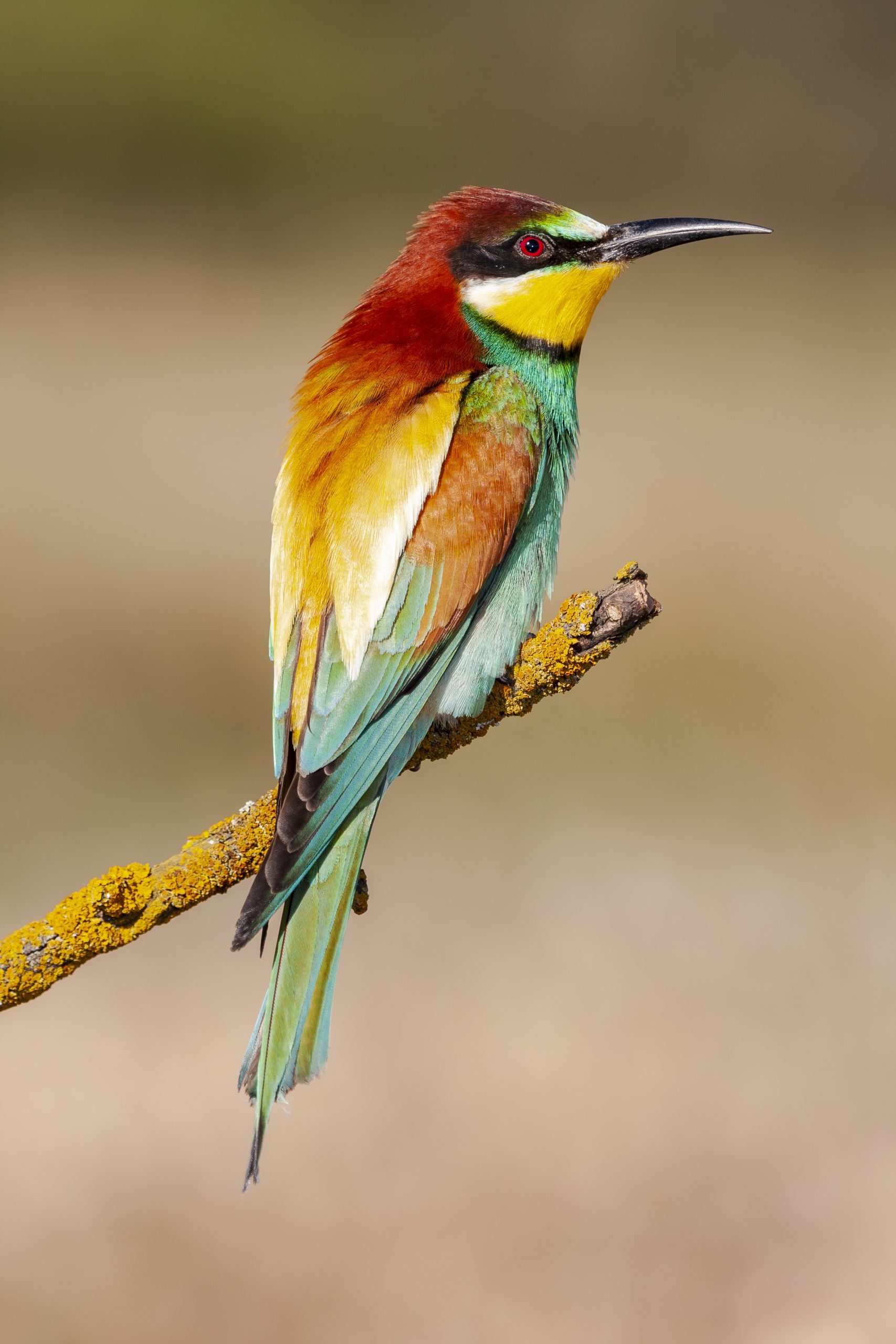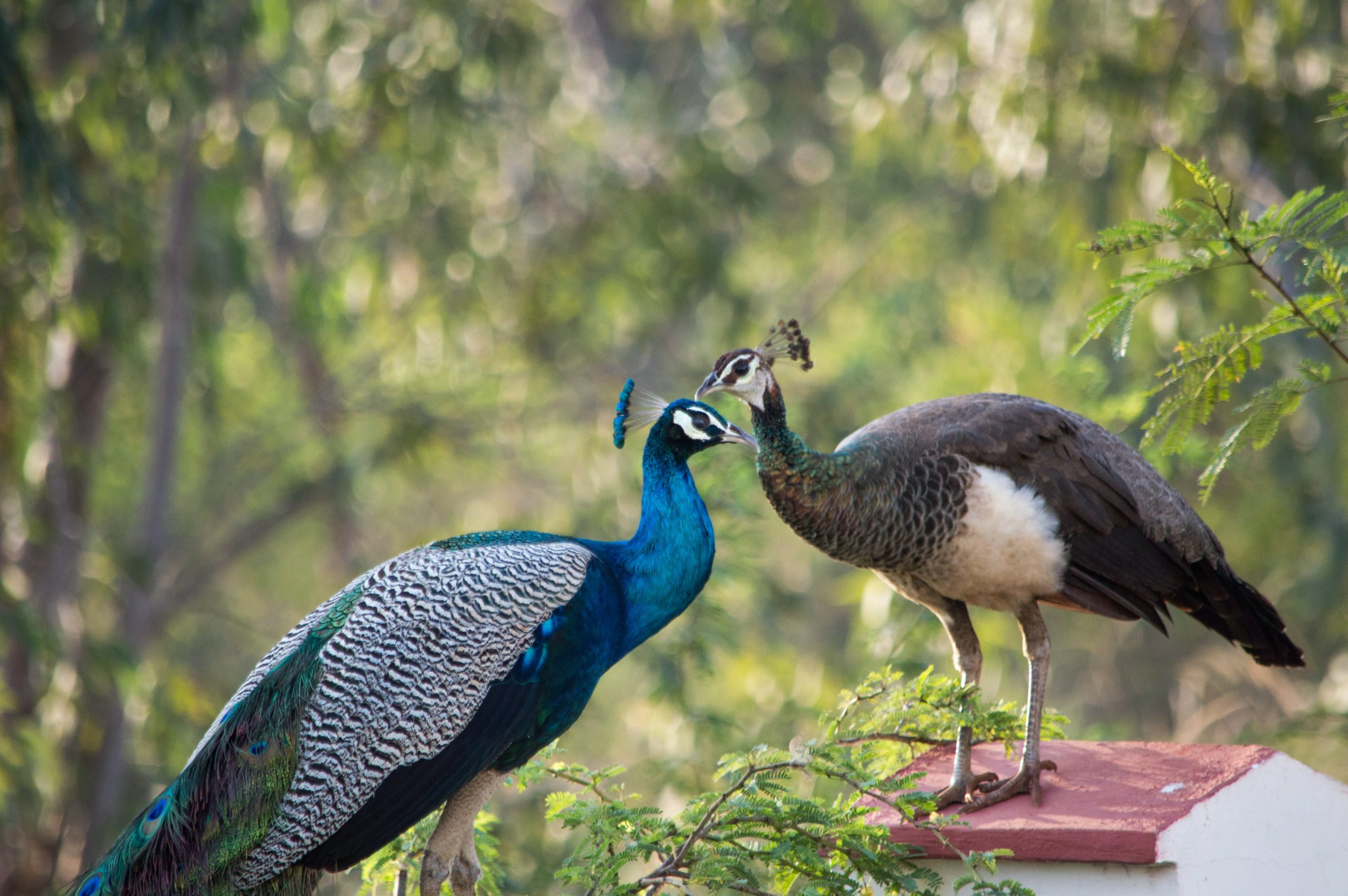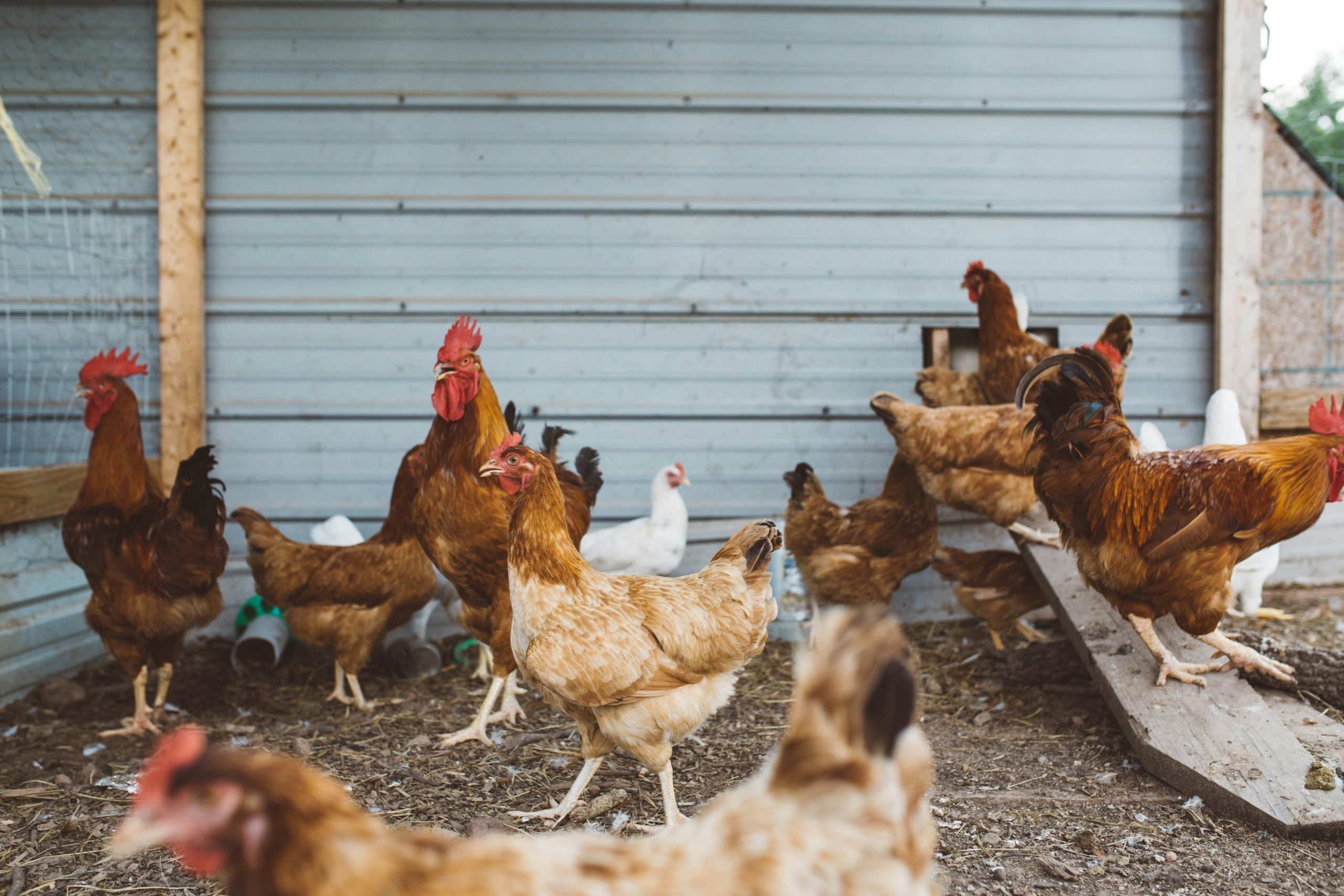When bird watching, a standout feature you may notice is a particularly elongated or slender beak on a tiny bird’s body. Several common backyard and feeder bird species have disproportionately long beaks relative to the petite frames that help them easily gather nectar, snag insects, hammer bark, and more. Examples include Small Bird With Long Beak like hummingbirds, woodpeckers, and nuthatches. Their specialized beaks allow them to access food sources that other birds can’t.
If trying to identify a minuscule feathered visitor equipped with an unexpectedly long and pointed bill, what small bird might it be? Here are some of the most likely tiny candidates.
Hummingbirds
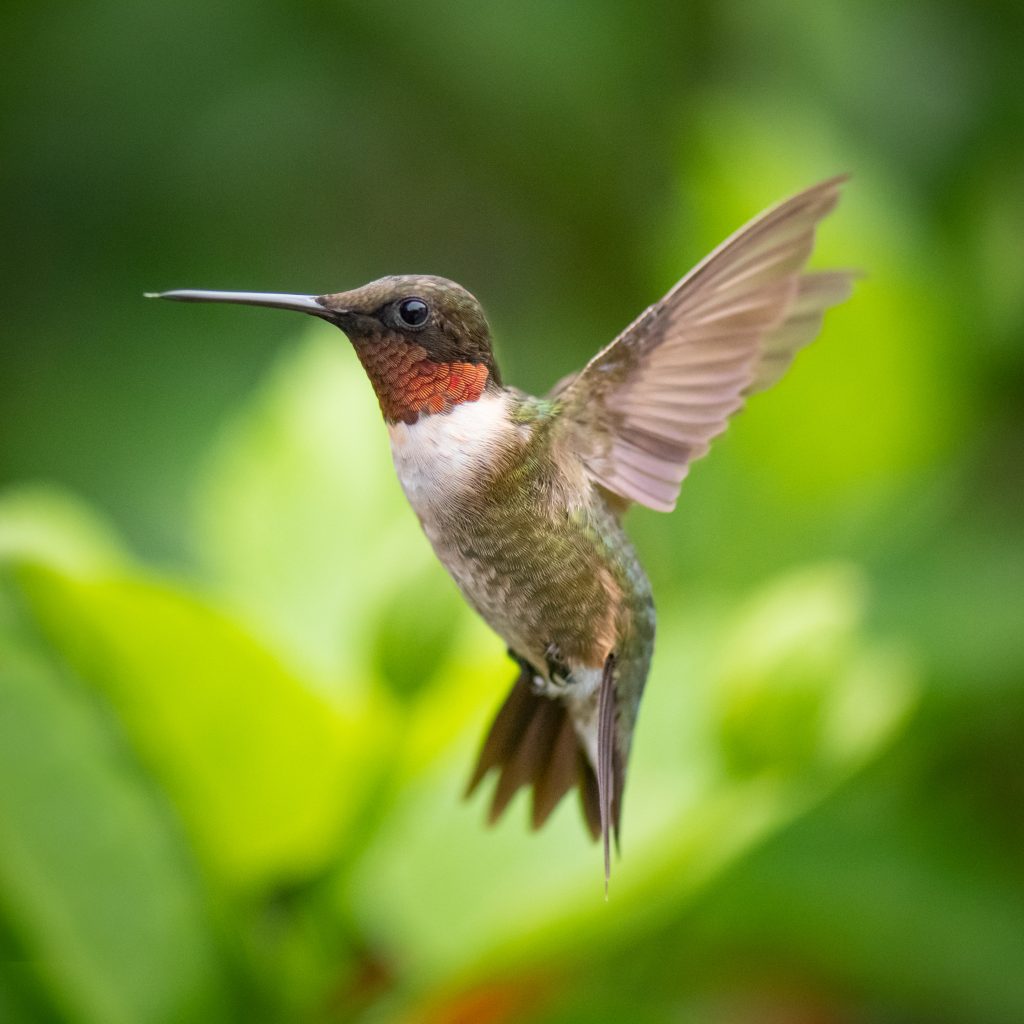
Hummingbirds have ultra long beaks relative to their teeny bodies to slurp up flower nectar. Their slender, needle-like bills range from 0.6 to over 8 centimeters long depending on exact species. But hummingbird bodies measure just 5 to 20 centimeters total in size.
So that towering, thin beak overwhelms their head and allows them to delve deep into blooms. Hummingbird species to look for with lengthy beaks include:
Ruby-Throated Hummingbird
- 4-7 gram body weight
- 8 centimeter long bill
- Iridescent red throat (male)
- Buzzing wing beats
Ruby-throats are one of the most widespread hummingbird species in North America in the summer. Watch for their lightning-quick stops at feeders and blossoms where they showcase prominent narrow, sharp beaks.
Rufous Hummingbird
- 3-5 gram body weight
- 6-centimeter long bill
- Distinctive rufous colored feathers on male head/body
- High-pitched chipping sounds
- Longest recorded migration of any hummingbird
The Rufous also boasts an exceptionally long, slender bill to slurp nectar through their breeding and migration travels. Their teeny bodies but substantial beak lengths help them thrive across western North America.
Calliope Hummingbird
- 2-3 gram body weight
- 5 centimeter long bill
- Very small with a straight dark bill
- Breeds farther north than most hummingbirds
- High-pitched trilling vocalizations
Calliopes have the smallest body mass of any hummingbird globally, but still wield a disproportionately lengthy narrow bill for efficient nectar feeding.
Woodpeckers
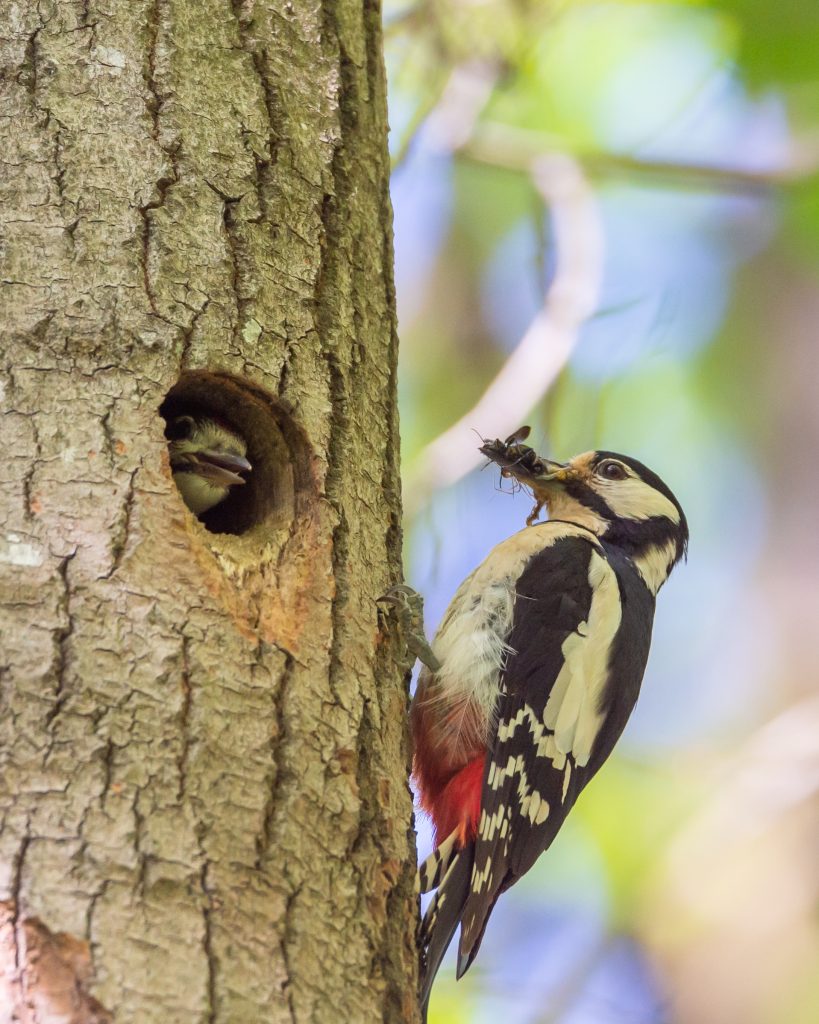
Woodpeckers wield extra long, sturdy beaks not for drinking but for relentless pecking. Their specialized bill shape helps them hammer accurately at bark to excavate insect tunnels, carve out nest holes, and chisel into sap. Common woodpeckers with distinct long bills include:
Downy Woodpecker
- 21-33 gram body weight
- 2.5 centimeter long bill
- Distinct red spot on white feathers behind head
- Checkered black and white wings
- High-pitched “pik” mating calls
Although lightweight, Downy Woodpeckers have thick, pointed bills nearly half the length of their compact 21 centimeter bodies perfectly designed for drilling.
Red-Bellied Woodpecker
- 56-94 gram body weight
- 3 centimeter long bill
- Red washed belly visible (male)
- Slow, fluttering flight patterns
- Rolling churrs/rattles vocalizations
Like the Downy, the crow-sized Red-Bellied wields a bills substantial portion of its diminutive body length to help excavate food.
Nuthatches
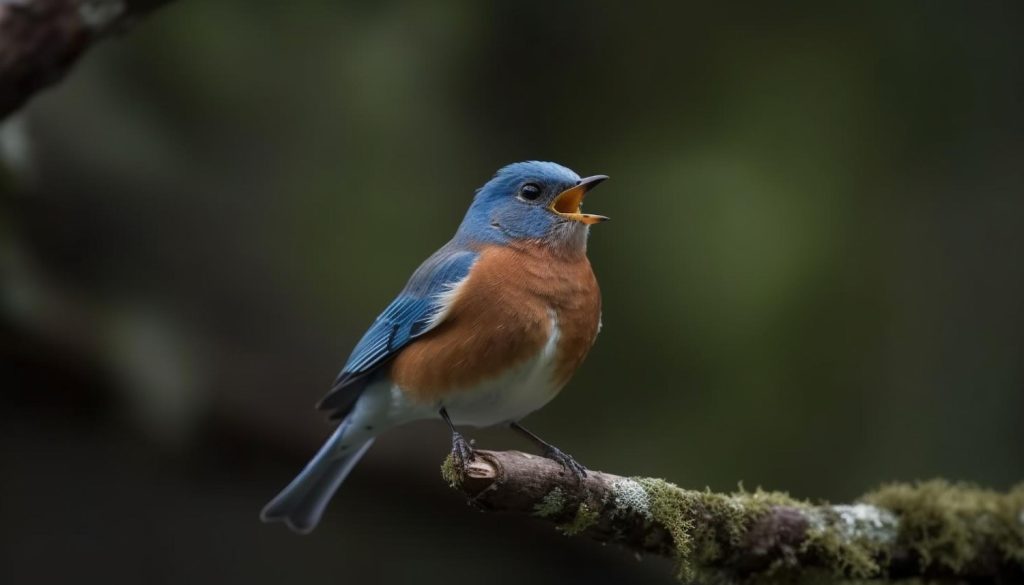
Beyond the classic woodpeckers, pointed-bill nuthatch species also utilize extra lengthy beaks to probe into trees for hidden insects and larvae. Their almost dagger-shaped bills probe under bark that typical conical seed-eating bills cannot. Varieties to spot include:
White-Breasted Nuthatch
- 16-30 gram body weight
- 2 centimeter long bill
- Blue-gray upperparts
- White face/belly
- Nasal yank-yank calls
listen for the signature vocalizations of these tiny agile bark probers wielding daggers atop their heads to uncover morsels.
Pygmy Nuthatch
- 10 gram average body weight
- 1 centimeter long bill
- Male has blue-gray head/brown cap
- Female is slate-gray/whitish below
- High trills
The Pygmy Nuthatch creeps even closer to hummingbird sizes with their compact frame. But they still flaunt a pointy bill longer than their head for insect hunting all aligned with classic nuthatch habits.
Verdins
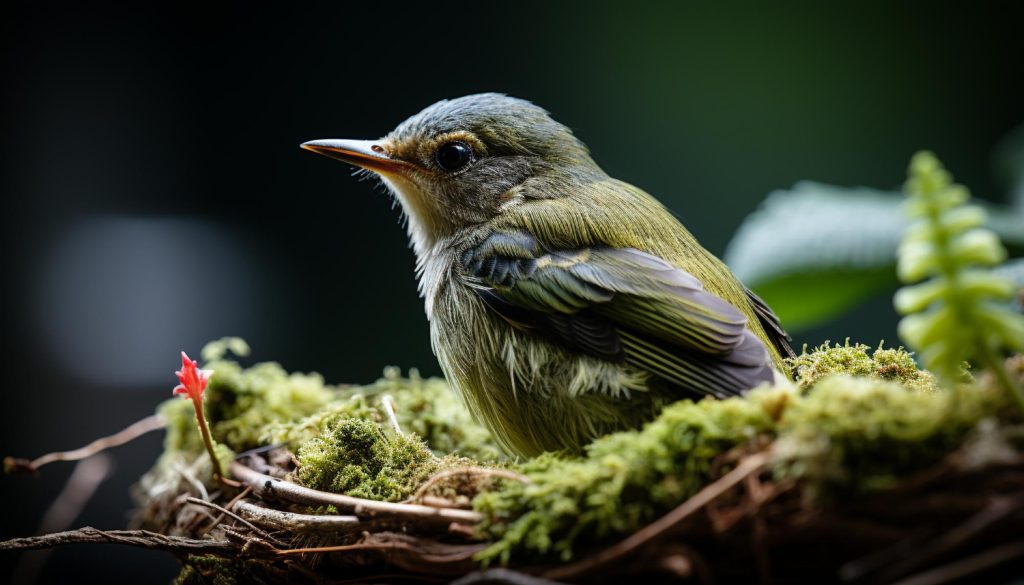
Verdins are tiny songbirds that inhabit the Southwestern US desert but migrate gradually northward where suitable habitat exists. They use slender pointy bills longer than you’d expect for their golden-hued 11 centimeter frames to probe foliage for spiders and other tiny prey.
Verdin
- Body length: 11 centimeters
- Bill length: 1.5 centimeters
- Bright yellow head/abdomen
- Gray wings/back
- High-pitched hissing whistles
This desert-dwelling species punches above its petite weight class with an elongated, slender, slightly downturned bill for nimble probing of crevices.
Waxwings
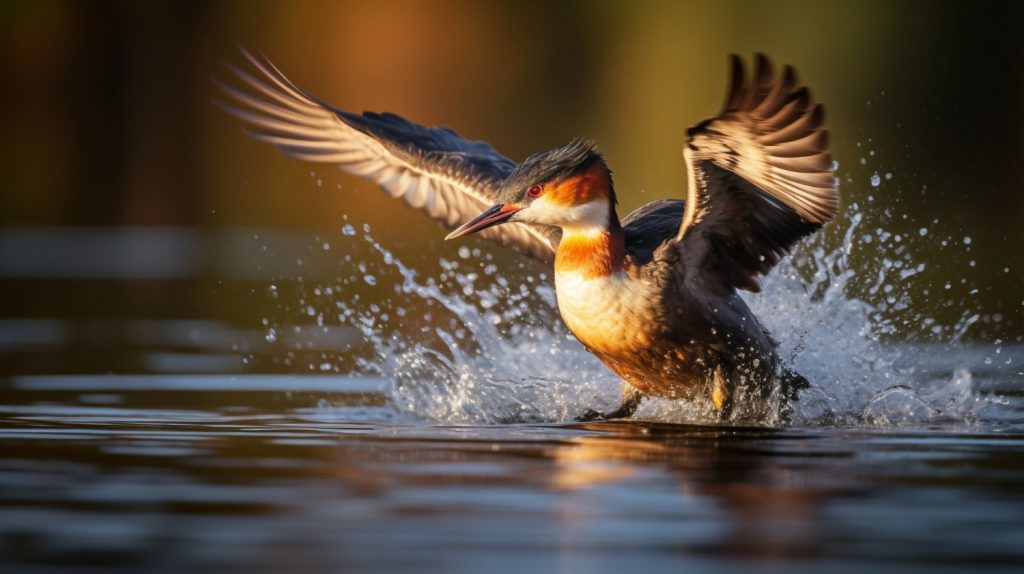
Waxwing species like Cedar and Bohemian Waxwings perfectly coordinate their soft brown plumage with the yellow/black tips of their minuscule bodies. Those facial markings point the way to thin bills a couple centimeters in length far outpacing head proportions.
Bohemian Waxwing
- Body length: 18 centimeters
- Bill length: 2 centimeters
- Brown/gray soft plumage
- Bright yellow tail tip
- Trilling whistles
- Travels/breeds farther north
Cedar Waxwing
- Body length: 15 centimeters
- Bill length: 1.5 centimeters
- Crest/black mask
- Yellow tail tip
- High-pitched whistles
- Yellow waxwing tail tips
Waxwings wield petite yet lengthy tapered bills to snatch berries off branches. The bill length allows them to efficiently gather fruit without excessive movements.
| Bird Species | Body Length | Bill Length | Key Features |
|---|---|---|---|
| Ruby-throated Hummingbird | 8 cm | 4-7 cm | Iridescent red throat, buzzing wings |
| Rufous Hummingbird | 5-6 cm | 3-5 cm | Rufous rusty coloring, chipping chatters |
| Calliope Hummingbird | 6-8 cm | 2-3 cm | Very small, straight dark bill, trills |
| Downy Woodpecker | 21 cm | 2.5 cm | White back spots, high “piks” |
| White-breasted Nuthatch | 14 cm | 1-2 cm | Blue-gray & white, nasal yank-yanks |
| Bohemian Waxwing | 18 cm | 2 cm | Yellow tail tip, trilling calls |
| Verdin | 11 cm | 1.5 cm | Bright yellow body, hissing whistles |
Identifying Features of Long-Billed Birds
When a mini bird with a mega bill alights on your feeder or nearby branch, what characteristics should you study to confirm ID? Focus on these anatomy traits:
Bill Length Relative to Head Size
Compare the bird’s total head dimensions front-to-back and top-to-bottom versus the elongated span of their bill protruding out front. If the bill appears much longer than reasonable for that size head, it likely belongs to a long-billed species.
Bill Thinness
Particularly with nectar-feeding hummingbirds, notice if the bill shape appears spear-like and pointed. The more needle-tipped and narrow, the better adapted for piercing flowers, versus shorter conical seed-cracking beaks.
Bill Curvature
While some species like nuthatches and woodpeckers have almost ruler-straight bills for accurate pecking, others like hummingbirds may reflect slightly decurved bills optimized for deep blossom probing.
Plumage Patterns
Once a long-billed bird catches your eye, pay attention to distinguishing head markings, wing edges, chest coloration and tail tips to match the patterns against known regional species. If those features point to a hummingbird, woodpecker, waxwing or other long-billed variety, you likely have a match.
Locating Long-Billed Birds by Region & Habitat
Certain slender-billed birds concentrate more densely across specific habitats and geographic areas. Here’s where to start looking for some minuscule birds with oversized beaks:
Hummingbirds
Focus hummingbird watching around flower gardens, backyard feeders, parks with blossoming plants and other nectar oases. In general ruby-throats, rufous, Calliopes and more abound through western and plains states during summer breeding months. Tropical species migrate farther south again for winter.
Woodpeckers
Woodlands, mature forests, and parks with old trees attract the highest densities of long-billed Downy Woodpeckers, Red-Bellied Woodpeckers and other bark borers. Listen for tap-tapping and watch tree trunks closely!
Nuthatches
From lower mountain pine forests through western oak woodlands and eastern deciduous groves, scan lichen-speckled tree bark for tiny agile nuthatches like pygmys and white-breasts launching upside-down probing assaults.
Waxwings
Where berry bushes thrive, waxwings aren’t far behind.Groups sweep through shrubs snatching fruit with precise slender bills. Check landscaped bushes, orchards, and mountain ash stands hosting ripe berries to catch these striking social birds.
No matter where you live, make a sport of scoping out petite passerines visiting your yard and neighborhood to play “long-bill or not?” Sizing up scattered feathers visitors relative to head scale always makes for a fun birding challenge!
FAQ
Do you still have questions lingering about tiny birds with big prominent beaks flitting through your garden? Here are answers to some common small long-billed bird FAQs:
Why do small birds have such long beaks?
Specialization for food gathering drives slender bill length. Nectar-feeding needs ultra “long sipper straws,” insect probing requires narrow pokers, bark excavation necessitates sturdy chisels. Form follows function for bird bills!
What are some small black and white birds with long beaks?
Two classic species matching this description are Downy Woodpeckers and Black-and-White Warblers. The former hammers bark with a prominent bill while the latter flits acrobatically while probing branches with a spike-like bill.
Do ruby throated hummingbirds have longest bills?
Surprisingly no! The Ruby-throated Hummingbird measures among North America’s medium-large sized hummingbirds. The Calliope Hummingbird holds the relative title for longest slim bill compared to diminutive body size.
How do you attract long-billed birds?
Offering nectar feeders attracts thirsty hummingbirds while suet satisfies woodpeckers. Keeping berry bushes well-fruited pulls in waxwings while ensuring oak trees thrive brings probing nuthatches. Cater to birds’ dining needs and they’ll come!
Conclusion: Small Bird With Long Beak
A shockingly lengthy slender bill protruding from a tiny fluttering visitor remains a reliable attention grabber for birders. Although petite, specialized birds like hummingbirds, sapsuckers, and nuthatches rely on disproportionately lengthy beaks to gorge, hammer, probe and pierce everything from nectar to bark.
Remembering field marks like the ruby-throat’s namesake red flare, the red-belly spot peeking through feathers, or the Calliope Hummingbird’s simple elegance offers clues to long-billed IDs. And keeping feeders filled plus native plants offering berries/nectar attracts these tiny dinosaurs to admire their specialized tools designed for efficiently unlocking food.
So next time you spy a particularly prominent pointy bill dwarfing a bird’s head, go through the characteristic checklist to diagnose what variety of pint-sized peer it might be! Discovering fun new visitors is all part of the intrigue that makes birding so compelling.

